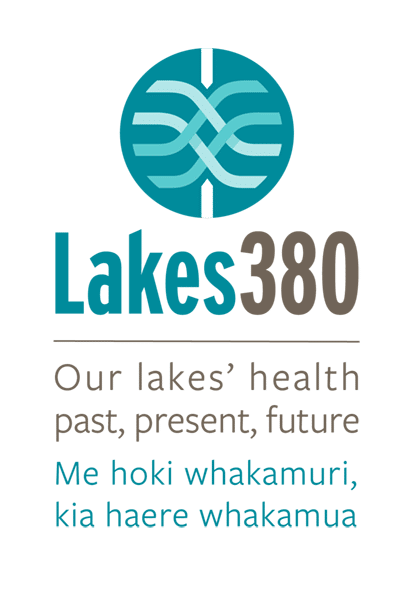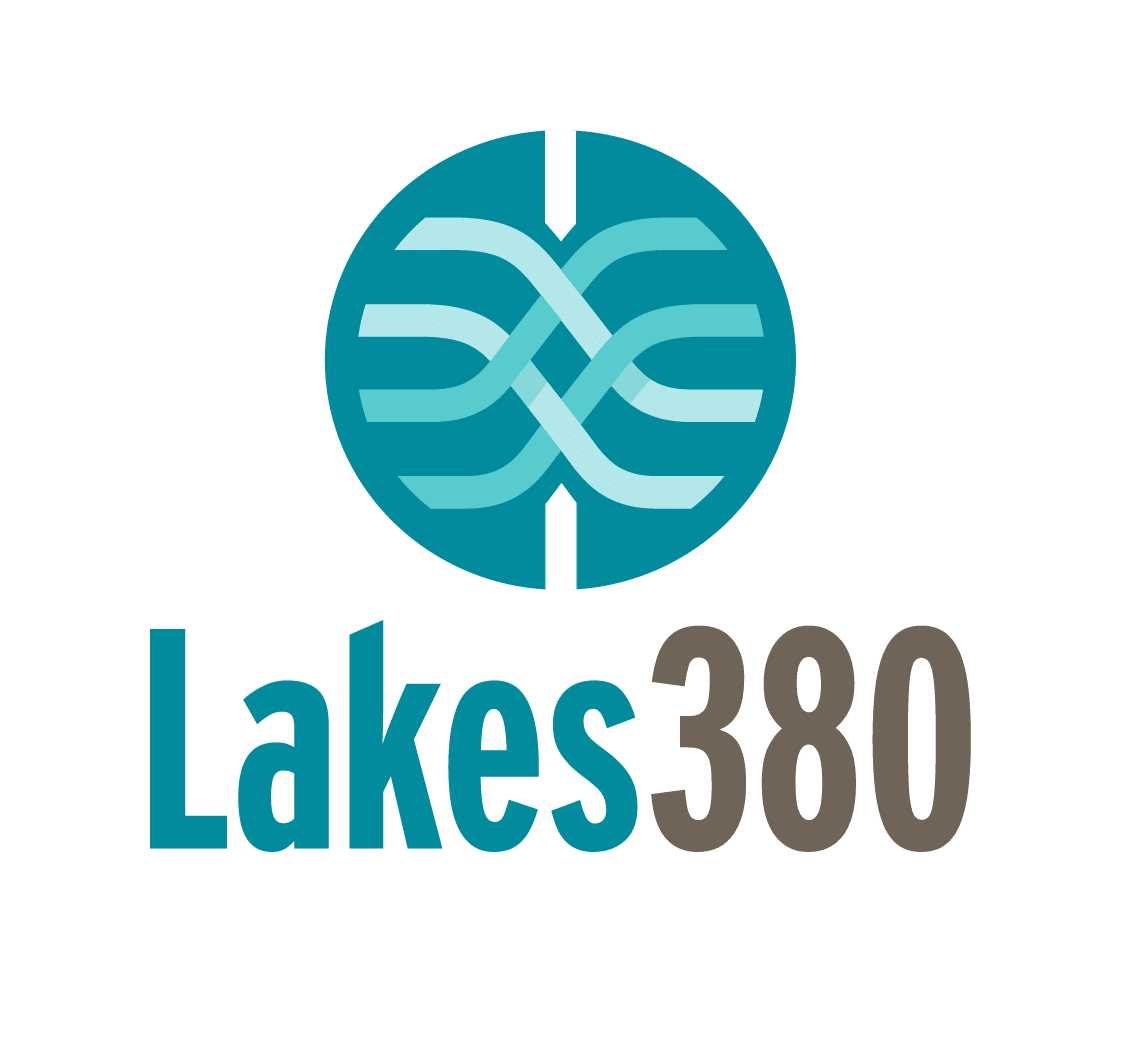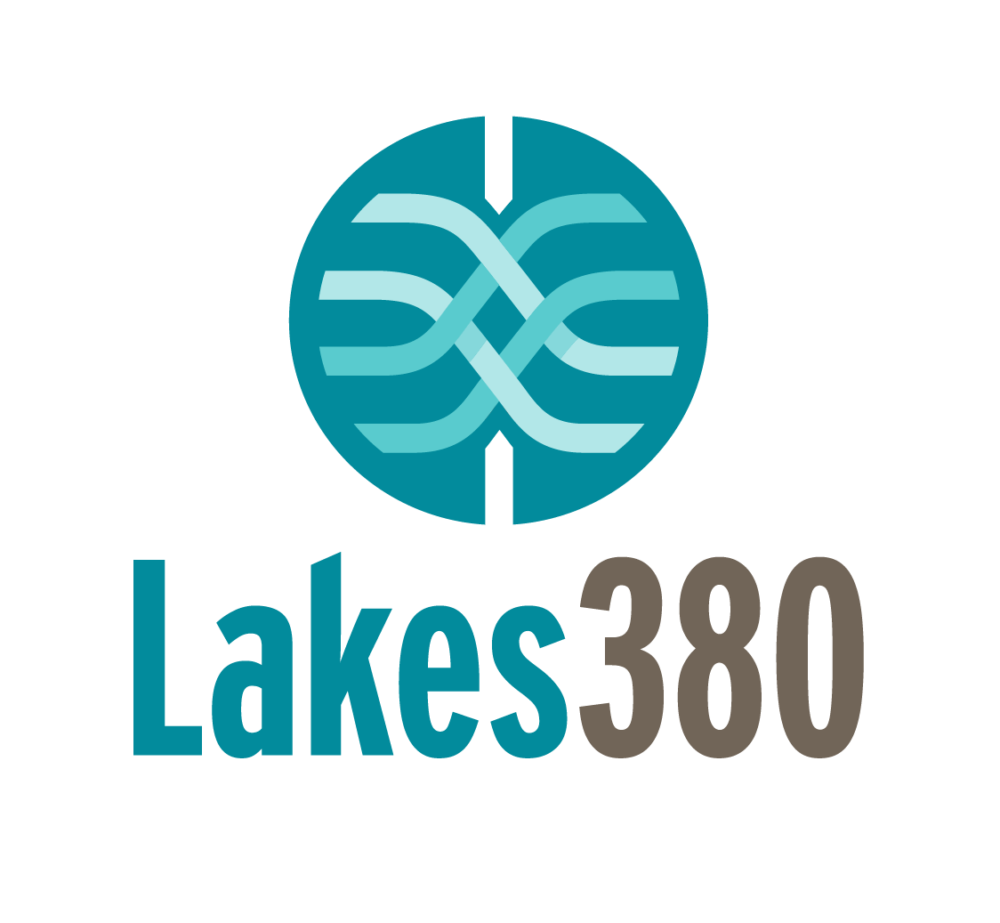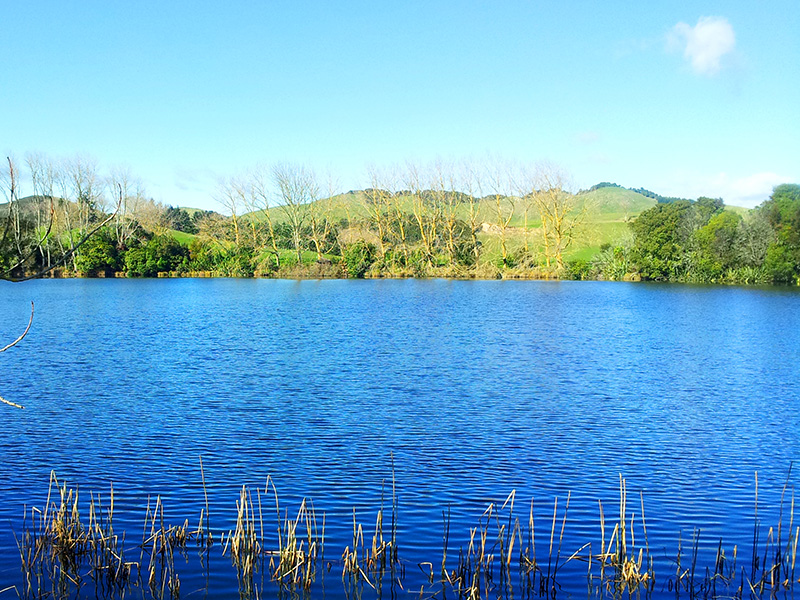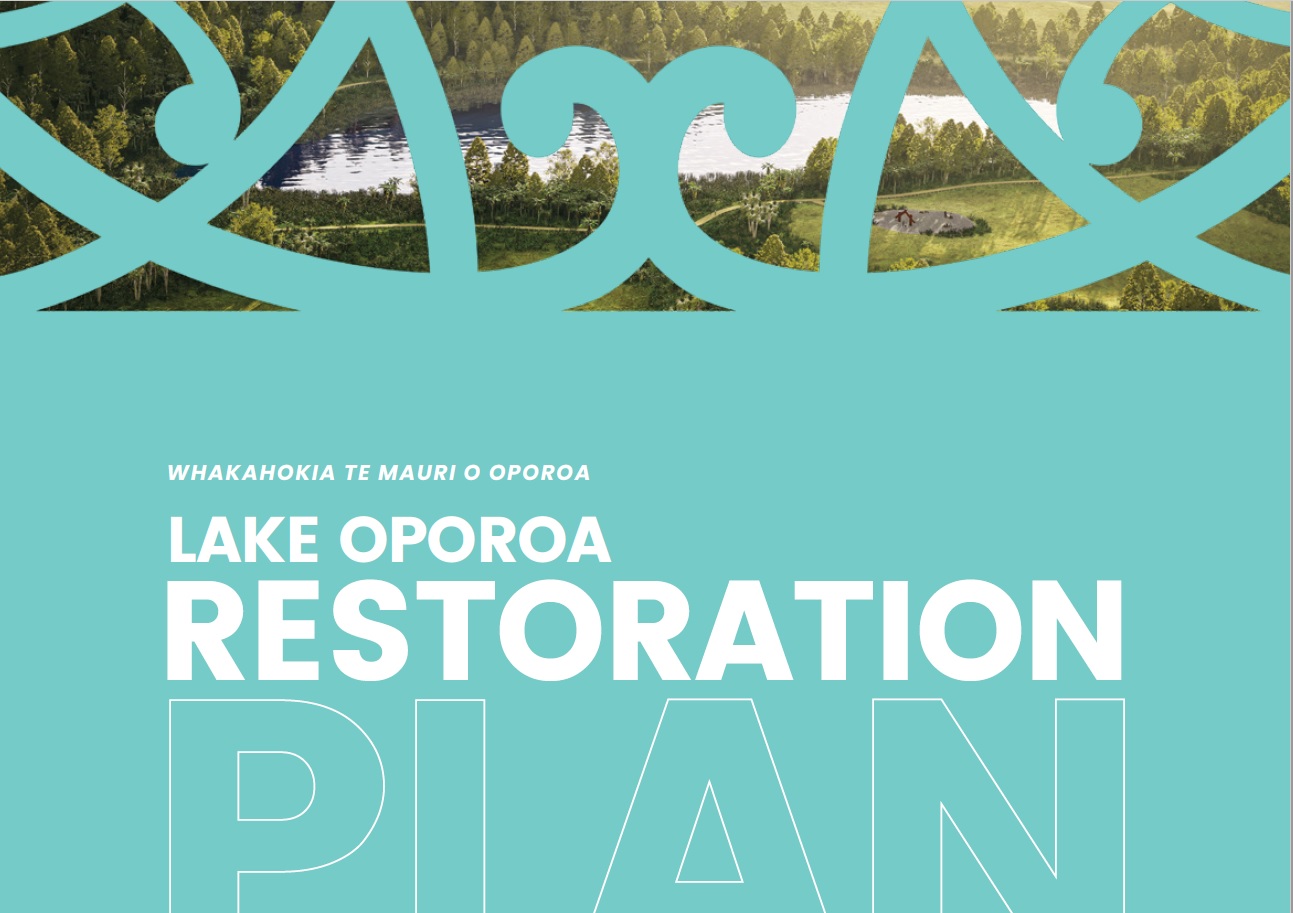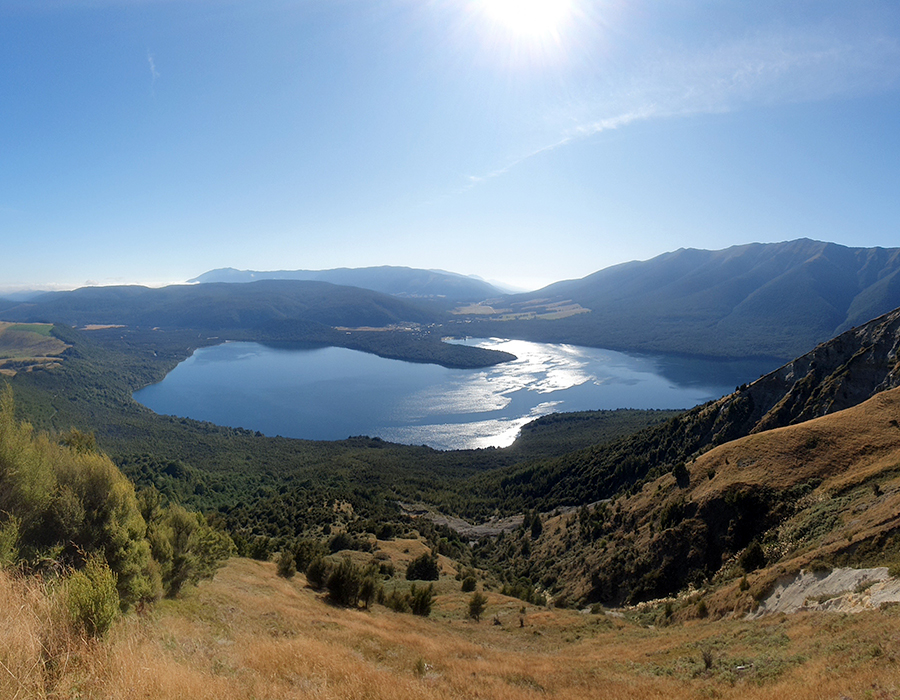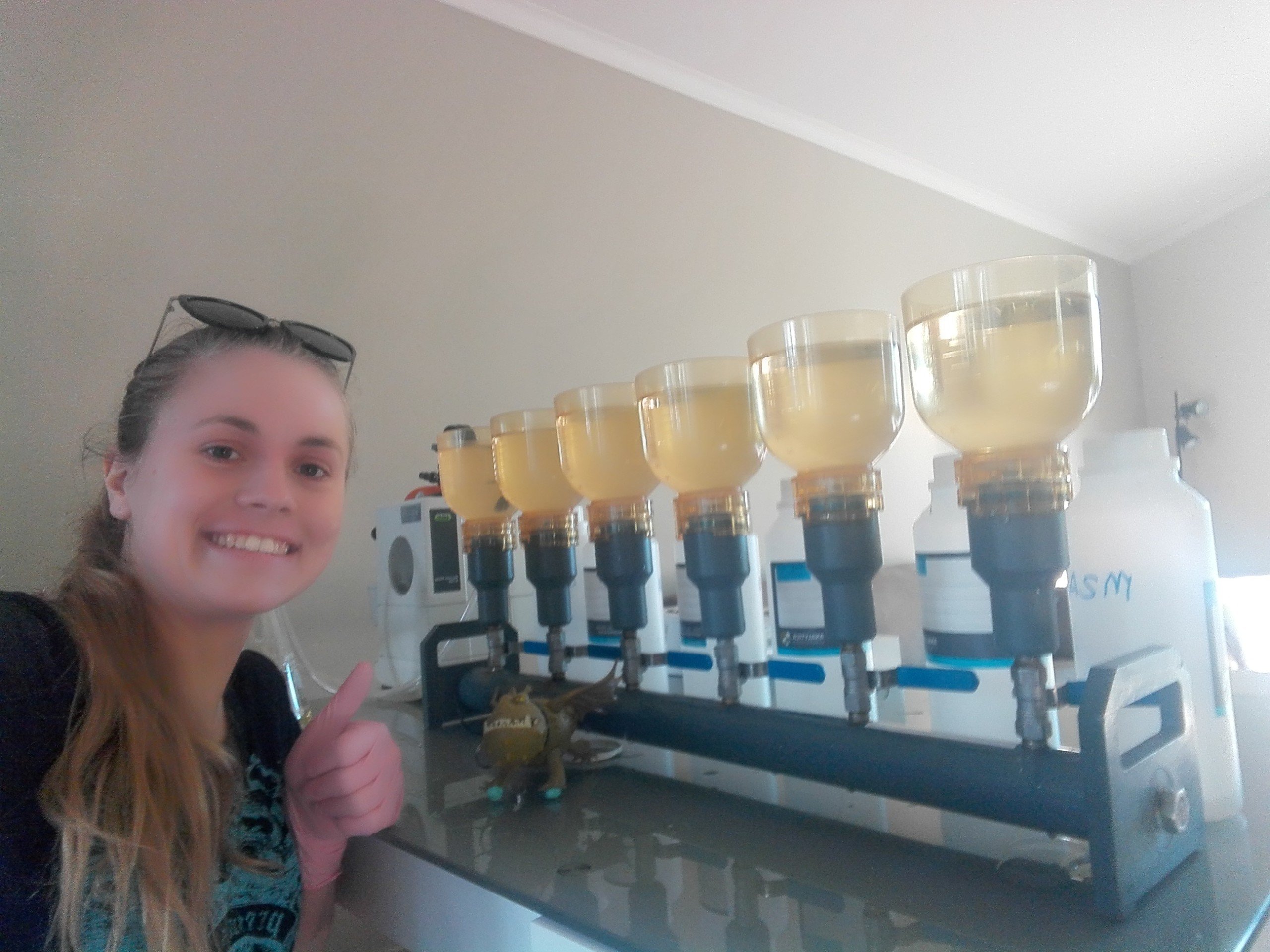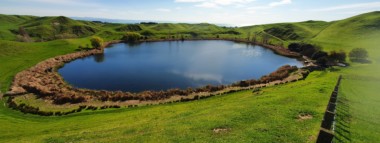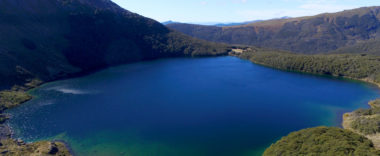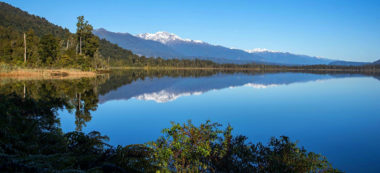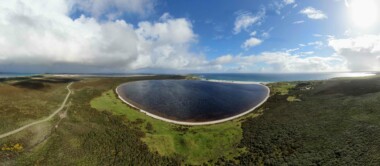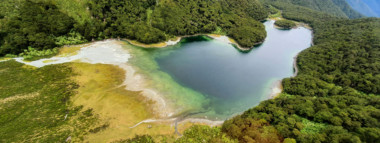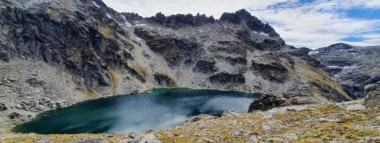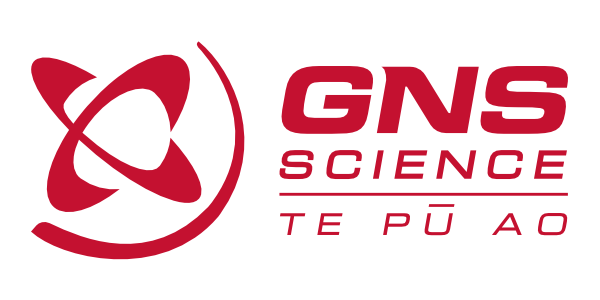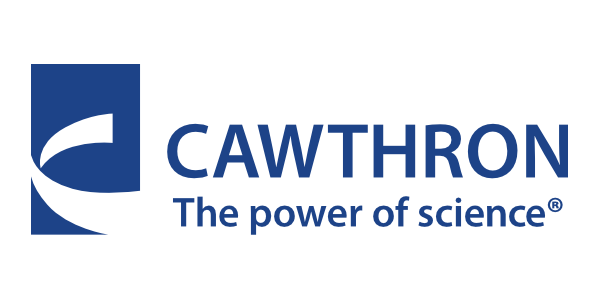By Julia Short, PhD student, Adelaide University
I’m sitting on the plane, on the way home to Adelaide trying to sum up the Rotorua field trip. This field trip was my first time in the field for the Lakes 380 project. When I came to New Zealand last year, I was pleased with the amount of sightseeing I managed to cram in while visiting Rotorua for 3 days and felt that I had “seen the place”. Well, I was wrong.
I didn’t quite realise how many lakes the Rotorua region had to offer. The lakes we all worked on throughout the 10 day field trip varied from small basins, such as Lake Okaro and Lake Ngahewa, to whoppers like Lake Tarawera and Lake Okataiana. We sampled lakes with clear, blue water (Lake Tikitapu), and we sampled lakes that were quite green (see algal blooms) (sorry, Lake Rotoehu and Lake Rotoiti). Yet, all of the 12 lakes we visited had their own charm and were memorable for various reasons.
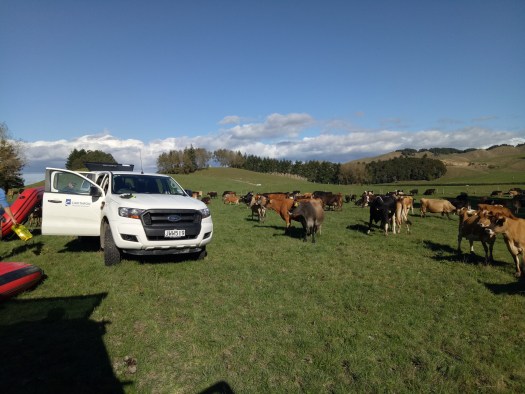
Many of the lakes in the Rotorua region were affected by the Mount Tarawera eruption in 1886, and in-fact are underpinned by this event. This became apparent when the lakes were cored and the cores would reveal depositions of volcanic mud and tephra (ash). For some lakes, cores couldn’t be taken beyond the Tarawera eruption, while other lakes cores collected were able to push through the volcanic mud layer to ultimately reveal lake conditions (when they are analysed) before the Tarawera eruption.
Do I have a favourite lake? I don’t per se, but the one that captured my attention the most was Lake Okataina. The drive to it was a road of native forest. The lake itself, however, was surrounded by steep cliffs covered in the native forest…I never get tired of seeing tree ferns. This lake was also the lakes where things went wrong. We were out there for nearly 4 hours. I think both the water quality and coring boat found this. Everything was just made difficult by the fact the lake was 80 m deep (I think we sampled to 63 m). So, if we weren’t successful in coring, or surface sediment sampling we had to drop it down again and again. Yet, being out in the middle of the lake was so quiet and serene (I don’t use this word often), and while pulling up a difficult sample, and feeling the pain in your shoulders and forearms, it paid to look up, look around, and take in the surroundings. It’s not every day that one can have an office like this.
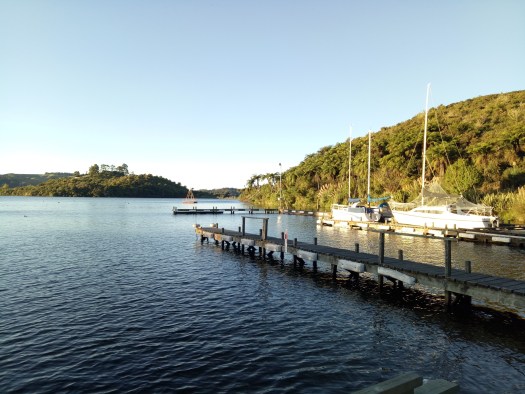
Of course, scenery and awe aside, this field trip was also a great learning opportunity for me. I have gathered ideas (almost too many) for my PhD, I have learned about volcanoes, associated jargon, and their effects on lake environments, I can use fun tools (Ponar, surface sediment corer, phytoplankton and zooplankton nets) to get water quality samples, and I have seen a part of New Zealand that is often missed out on the tourist trail. I’m excited to now be a part of the Lakes 380 project and look forward to investing the next few years of my life in it.
